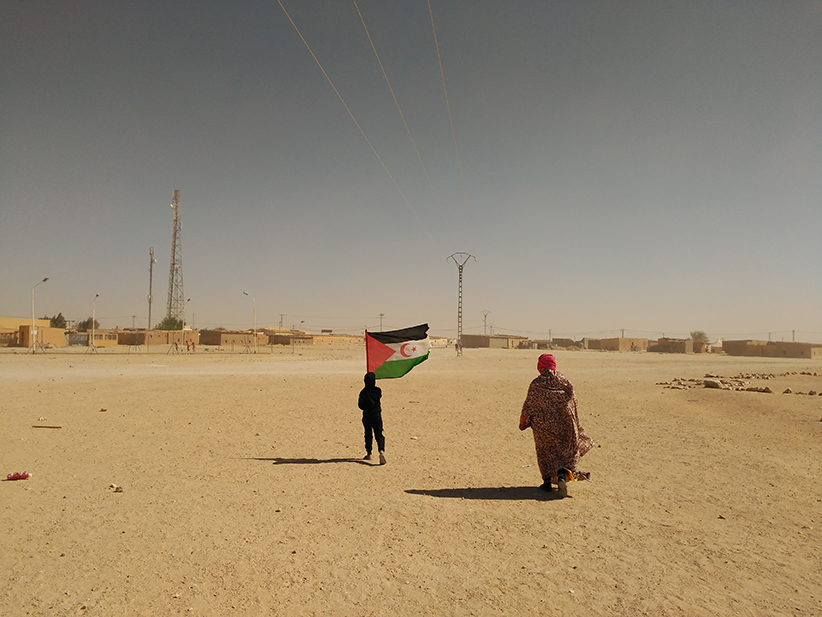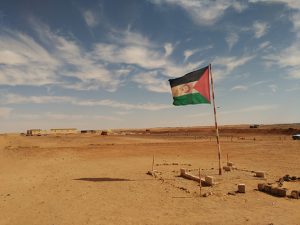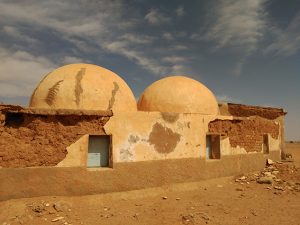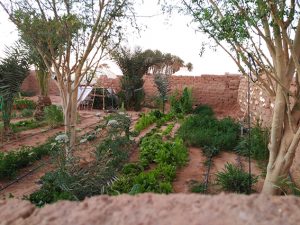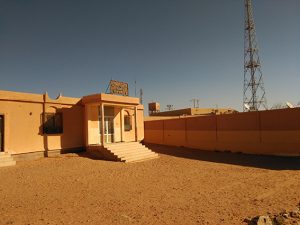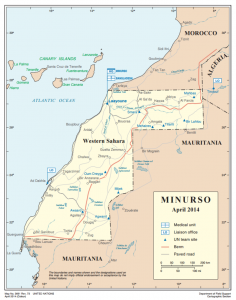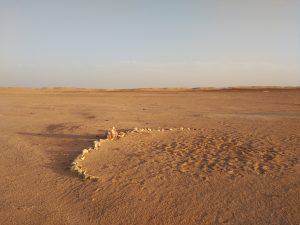For more than forty years, the population of Western Sahara has been divided between the territories
occupied by Morocco and those controlled by the Polisario Front,an eastern strip of the Western Sahara
(the so-called "liberated territories"). In 1975 tens of thousands of people fled to the Sahrawi refugee
camps in Algeria, near the city of Tindouf, where the infrastructure of the Sahrawi state-the Sahrawi
Arab Democratic Republic (SADR)-is located. In these camps, a revolutionary process of national-building
has taken place, having, as one of its objectives, the ambition to put an end to “tribalism” among the
Sahrawi. The main goal of the CAPSAHARA project in this location was to understand how legal and religious
practices have changed during this process
